
PREV ARTICLE
NEXT ARTICLE
FULL ISSUE
PREV FULL ISSUE
ON ORIENTING AND VIEWING COINSDick Johnson submitted these thoughts in response to a comment in last week's item on the orientation of coins and medals. See the previous article (linked below) for the
full context. -Editor
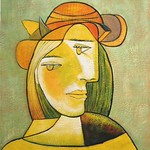 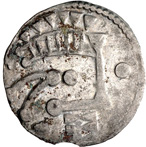 I stand by what I said, correct orientation is determined by the mind. Mike Marotta's statement of "cultural context" applies only to a small segment of numismatic items, as the Celtic coins you cited. But I greatly appreciate his response. Even the Celtic coin illustration shown has strong visual clues to correct orientation. The strong vertical side of the face on the obverse and the cross with arms of obvious horizontal and vertical orientation vividly display the intended orientation. It is the part of the brain "“ the cerebellum "“ which processes balance, coordination and perspective. Thus my attribution to the human mind. Granted there are several types of numismatic items in which it is impossible to orientate, both of which are art medals. A class of Medallic Objects with a textural surface, say entirely composed of dots (bosses) cannot be orientated. Such textural designs have been made by the Paris Mint and are occasionally found in FIDEM exhibitions. The other would be designs of Mixed Perspective, with multiple views with jumbled base lines. However, since most coin designs are of lineal perspective they often have visual clues indicating correct orientation. Maybe it's my diplomat side surfacing, but I don't think Mike and Dick are so far apart on this issue. Cultural context resides in the human mind as well, so all of this
is in our heads. And the clues Dick describes are only clues in two dimensions - the Celtic coins have no discernible clues indicating that they should be viewed from a third dimension.
E-Sylum contributor Prof. Giovanni "John" N. Lupia III offers these thoughts on the historical development of perspective in art. Thanks! -Editor
Anamorphic Perspective One-point linear perspective was the mapping out of a grid to place objects in a picture into correct perspective toward a vanishing point which was typically placed dead center. The beauty of the pictures was enhanced when viewed standing in front of the picture. The idea was developed by Leonardo da Vinci to overcome the limitations of one point linear perspective since those paintings looked flat when viewed from any angle.  The portrait of Ginevera de'Benci in the National Gallery of Art, Washington, D.C. Ailsa Mellon Bruce Fund, No.2326, is the earliest known portrait painted in anamorphic perspective. 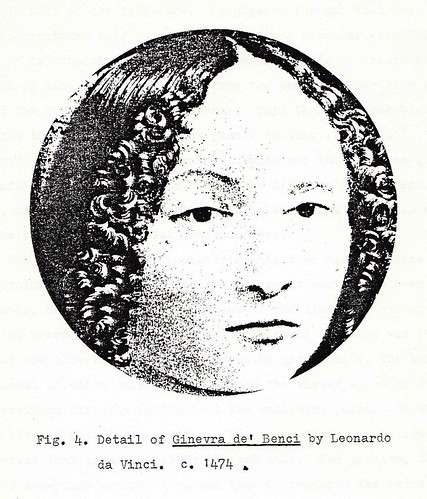 The picture when viewed standing directly in front is a subtle distortion rather than the correct one-point linear perspective. Leonardo placed her face within a circle so that the distortion is so subtle that you do not realize it. 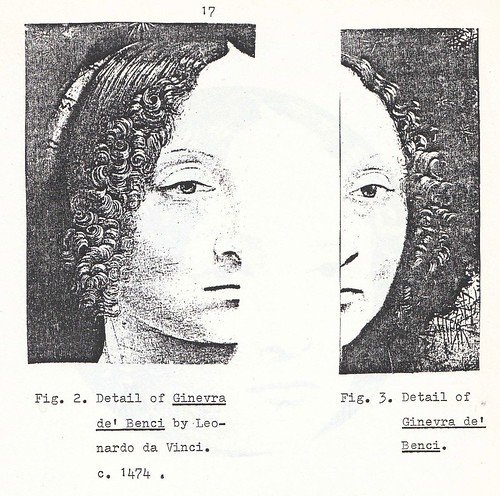 Leonardo managed this optical trick with finesse by bisecting the face in the three-quarter view on the left and the frontal perspective on the right. However, from any angle the face is seen in perfect three-quarter view. This is a fascinating topic and I'd be eager to learn more about coins created with oblique viewing in mind. I know there is software the enables the creation of 3-D rotating
views of a coin, and it would be great to see that done with one of the Picasso-like Celtic coins. -Editor
 To read the earlier E-Sylum article, see: 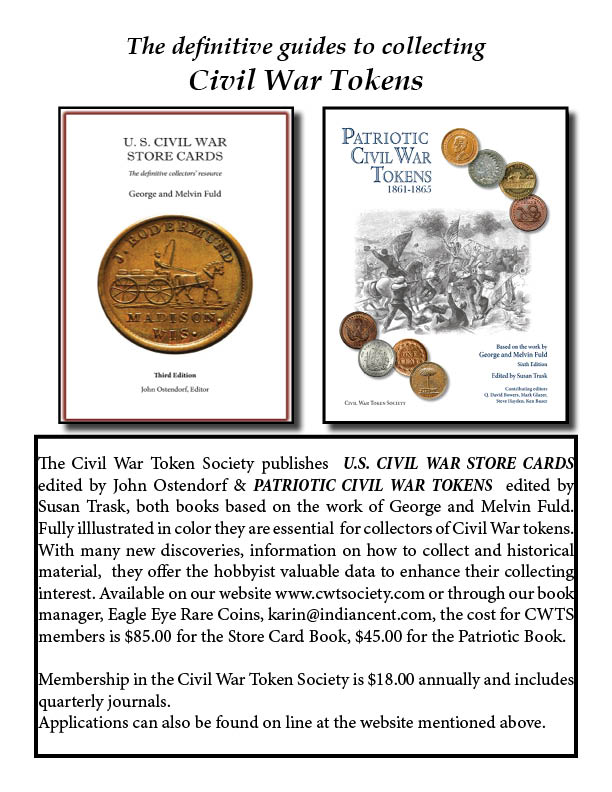 Wayne Homren, Editor The Numismatic Bibliomania Society is a non-profit organization promoting numismatic literature. See our web site at coinbooks.org. To submit items for publication in The E-Sylum, write to the Editor at this address: whomren@gmail.com To subscribe go to: https://my.binhost.com/lists/listinfo/esylum All Rights Reserved. NBS Home Page Contact the NBS webmaster 
|